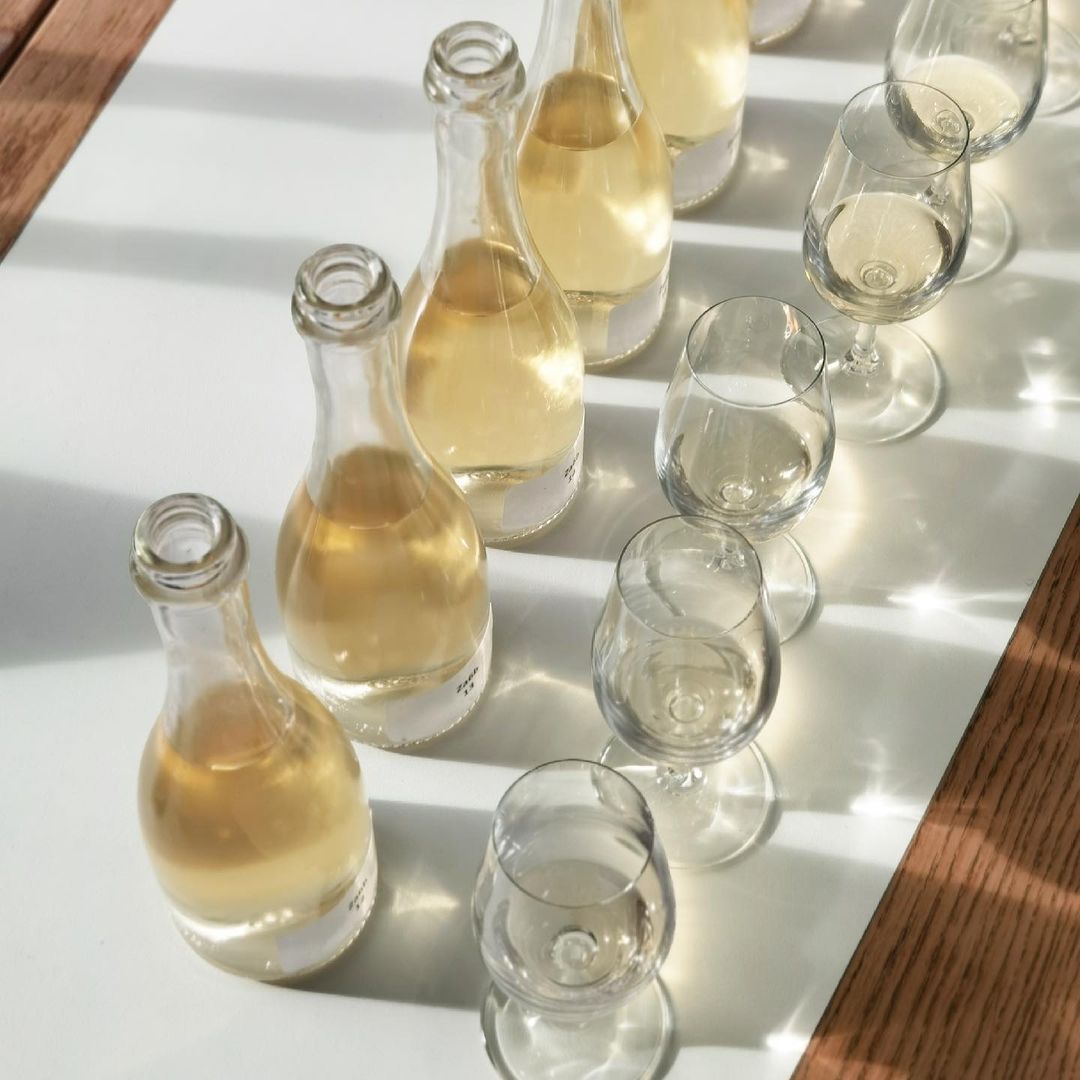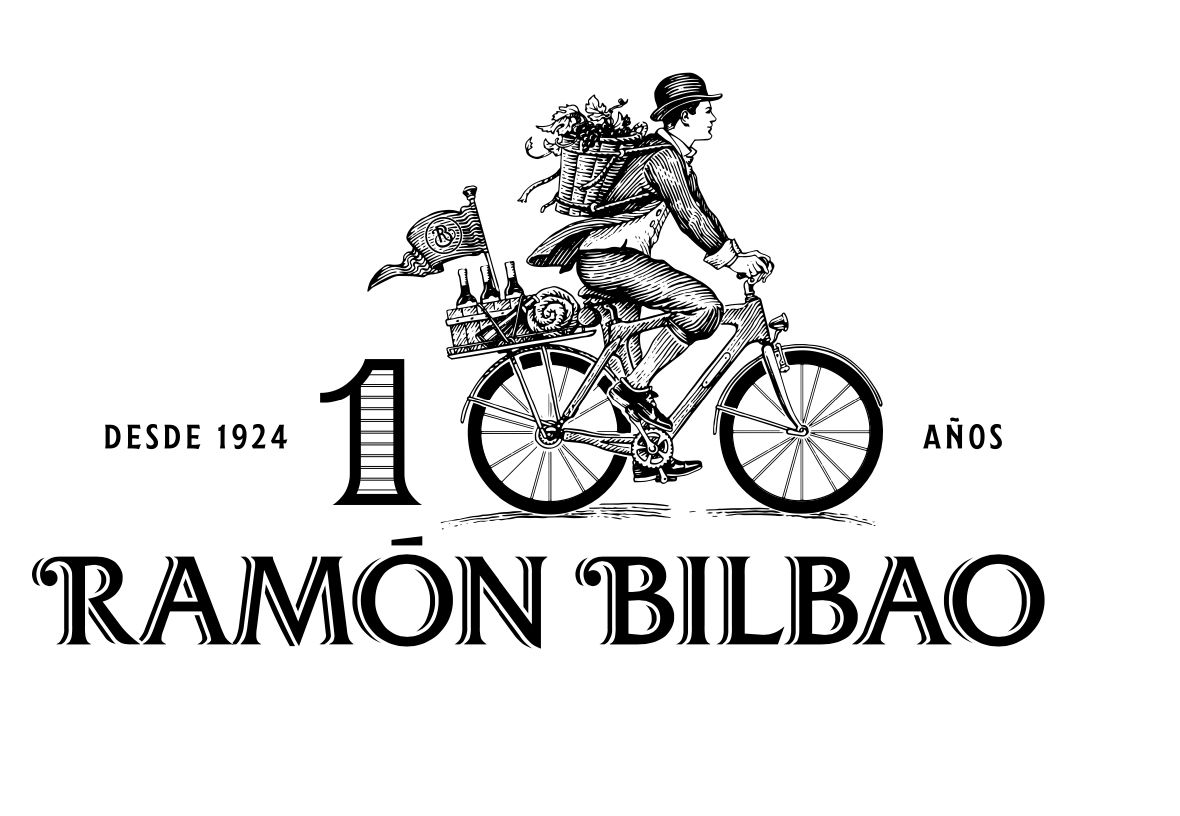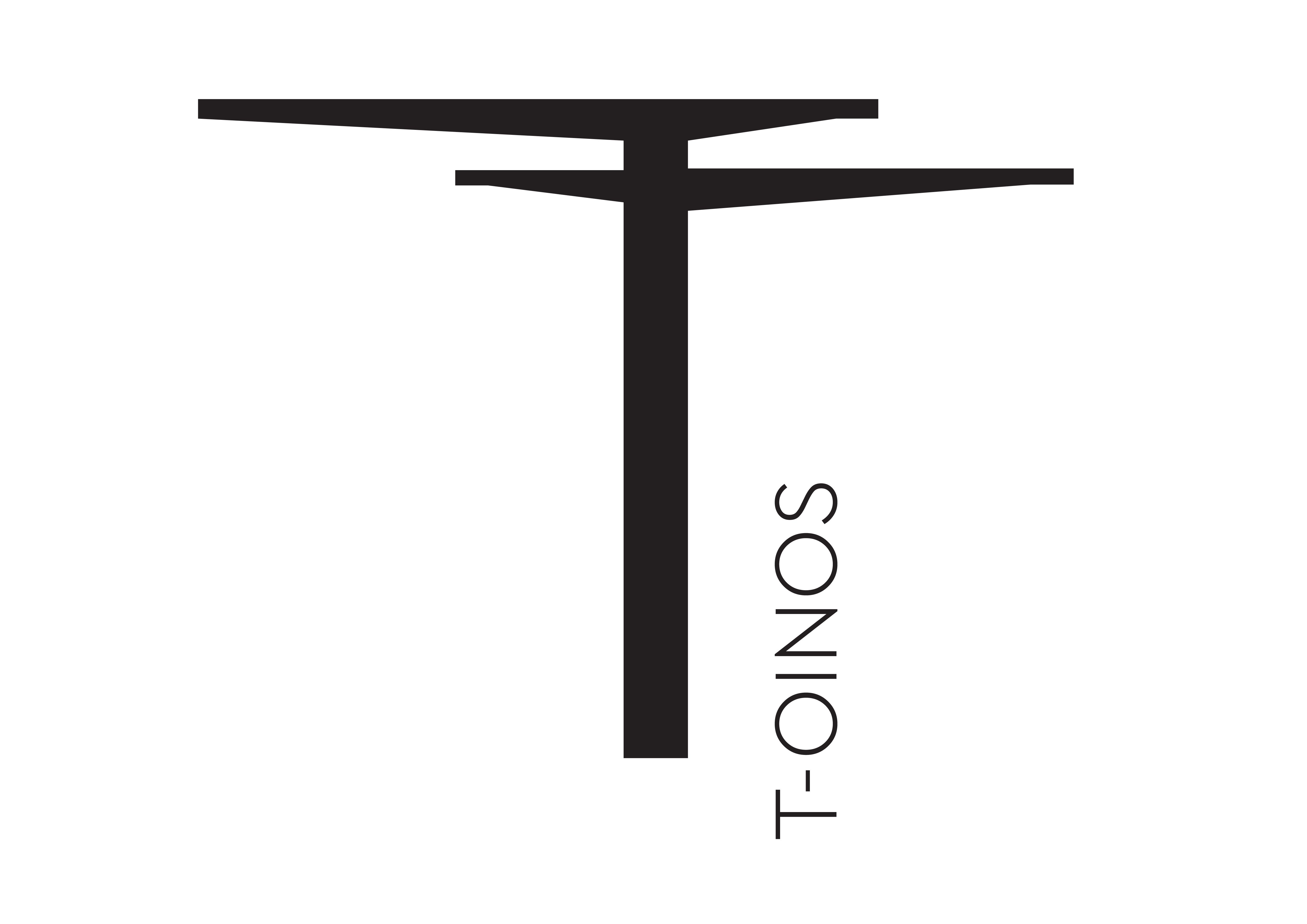“The most interesting house styles are not artefacts of mass production, but the taste of someone, or somewhere,” writes Hewson.
“We haven’t seen anything like this since the 1960s,” says Charles Philipponnat. Torrential rains have been battering the vineyards, leading to outbreaks of downy mildew that threaten to further reduce this year’s crop after troublesome spring frosts. Following on from the heatwaves and droughts of the last few vintages, 2021 seems to be overcompensating. “I can’t complain,” Philipponnat says with a relaxed smile and a dose of sangfroid – cold-blooded confidence. But why not?
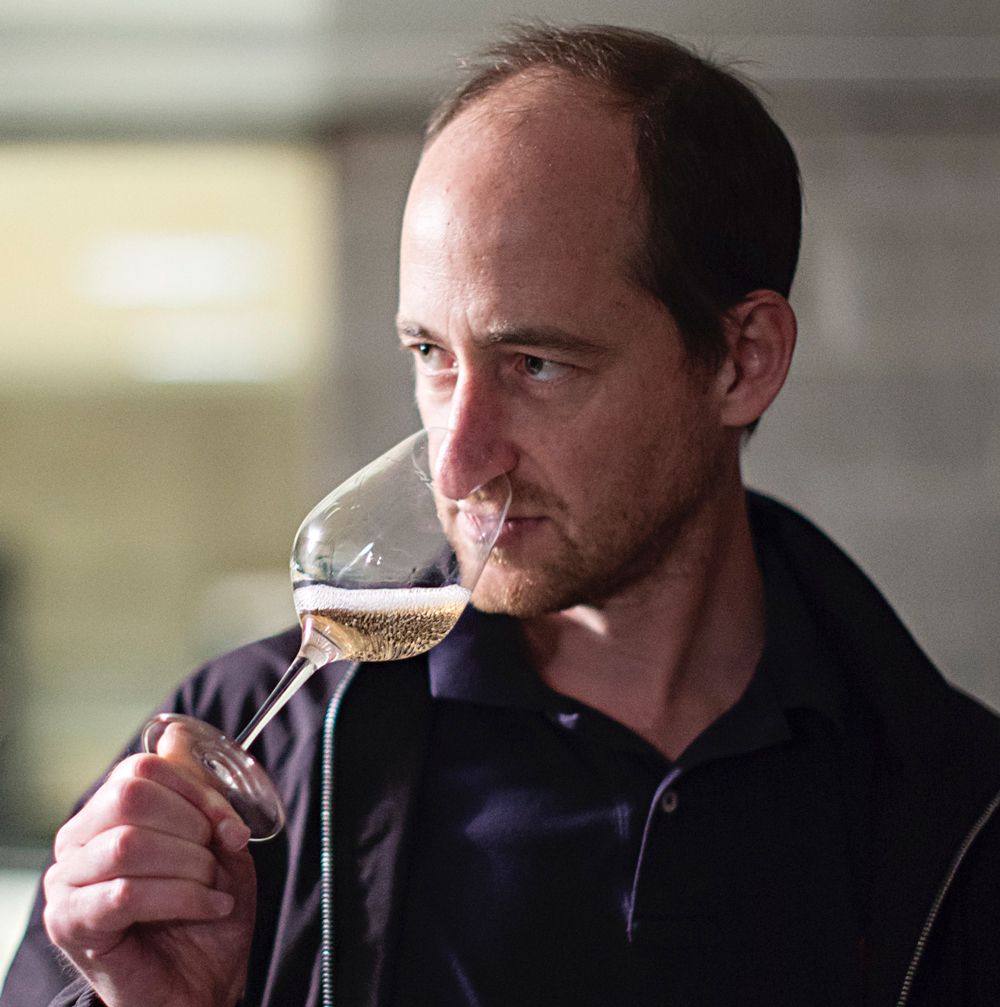
Robert Walters: “Champagne producers talk of terroir while at the same time blending it away in the name of house style.”
Most Champagne producers defend themselves against the whims of the climate by sourcing grapes from all over the region and keeping back ‘reserve’ wines from previous vintages. Much of what you might see on a stroll through the vineyards will not turn into wine you can buy in the local village, as you might expect elsewhere; instead, it will end up on the blending table next to wines from 10, 20, 50 kilometres away, a bit-part actor in a complex non-vintage (NV) creation that fits the producer’s house style. Champagne Philipponnat is smaller and more locally-minded than most, but the grape supply is still diverse enough (and the reserve tanks full enough) to ride out the bumps in the road.
For some, though, house style is simply part of the shiny facade of luxury brand marketing. “Champagne producers spend a lot of time extolling the natural wonders of their soil while farming their vineyards industrially and not bothering to visit many of the sites from which they buy fruit,” writes Robert Walters in Bursting Bubbles, the manual for followers of small, independent Champagne. “They manage to talk of terroir while at the same time blending it away in the name of house style.”
As Walters points out, no other wine regions would hold up branded blends as models of quality. Is it fair, though, to dismiss blended house styles as soulless? Surely it is possible to produce a blended house style that feels like an authentic, artisanal product?
A personal vision
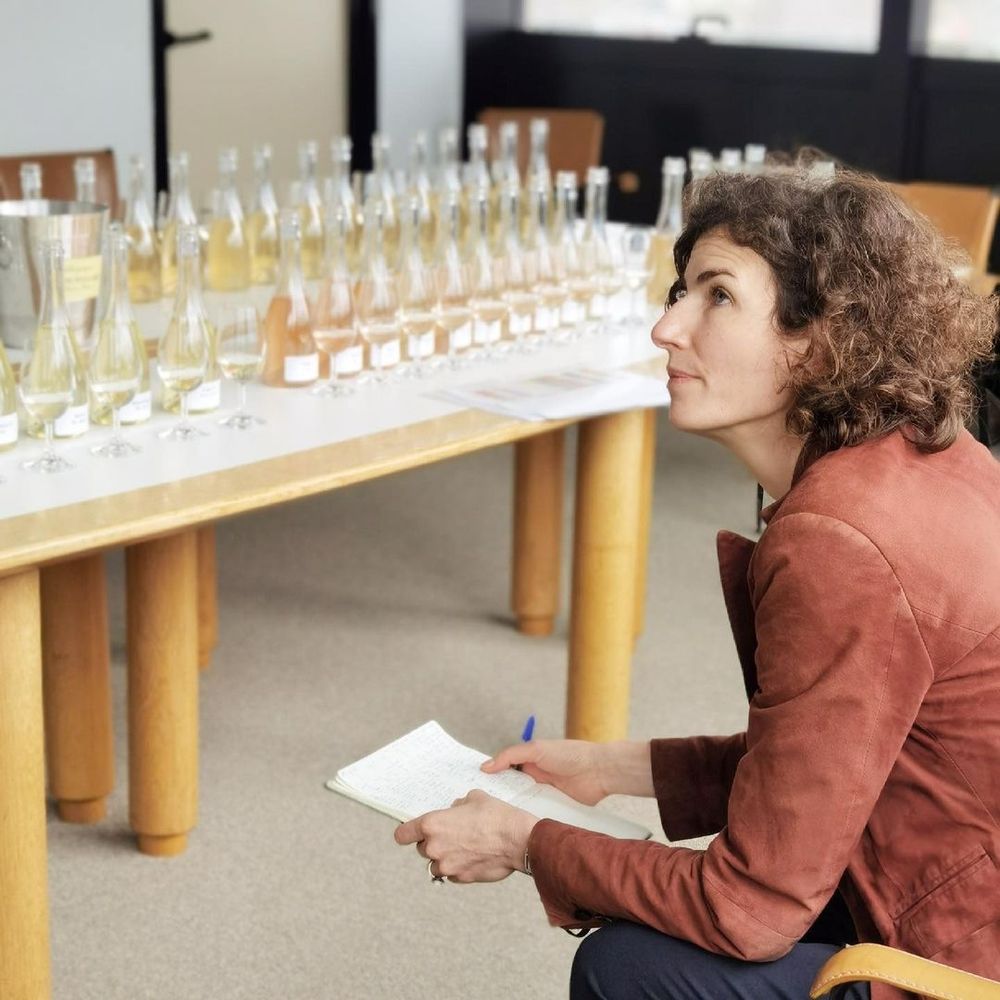
Alice Paillard: “House style is the taste of the founder”
“Every big house of today once was a small house. I feel a lot of common ground with the big houses, but not how they are today – how they were three centuries ago!” says Alice Paillard of Champagne Bruno Paillard, a medium-sized house founded by her father 40 years ago. “House style is the taste of the founder – some Champages have become such strong brands that we forget that it starts with someone’s taste and vision. Even Veuve Clicquot was someone!”
Paillard’s own vineyards provide two-thirds of what the house needs, with the remainder being bought in from sources that are “never static,” as Alice explains. “House style is aiming towards the same thing, not doing the same thing every year.” On the style spectrum these are intense, spicy Champagnes, rounded out with fermentation and storage in oak barrels, large helpings of reserve wine, and long ageing times. The pinnacle of the portfolio, N.P.U. 2004, is a striking, heady experience.
There may not be a ‘home’ vineyard here, but the wines seem to be brimming with authenticity and character. Back at Champagne Philipponnat, though, the labels do have a place they call home – Mareuil-sur-Äy, a Premier Cru village on the Northern banks of the Marne. If force of personality is one way to achieve a great blended champagne, is there another: to feature one place above others, complementing it rather than “blending it away”?
A taste of home
“Most of our vineyard supplies are in Äy and Mareuil-sur-Äy, on south-facing chalk slopes where we grow almost exclusively Pinot Noir,” explains Charles Philipponnat. “It is hot – for Champagne – and these are some of the most calcareous places where Pinot Noir is grown.” Philipponnat describes the house style as seeking “greater complexity, but always with freshness,” working to temper Pinot Noir’s richness both in the vineyard and the cellar.
To help with this, the top-quality non-vintage Royale Reserve also features a small quantity of Chardonnay from its home in the Côte des Blancs, Champagne’s great chalky strip of vineyards running south of Epernay. If Pinot Noir is about power and generosity in a blend, Chardonnay tends to counterbalance with citrus fruits, chalkiness and restraint. Philipponnat even goes one step further, producing a 100% Chardonnay Blanc de Blancs despite it having nothing to do with their own patch of land.
Do those working on similar patches of land actually taste anything like Philipponnat, though?
A quick stroll through Mareuil-sur-Äy leads to Billecart-Salmon, another top medium-sized house that looks westwards to the Marne valley for fruity and forthcoming Pinot Meunier (a grape variety which Philipponnat has abandoned altogether). Around the corner once more, small independent grower Roger Pouillon creates dramatic, naturalistic wines thanks to lots of old oak, low sulphite additions and an easier-going attitude to oxygen in the cellar.
Neighbours they all may be, but as personalities they seem to be about much more than the village they call home.
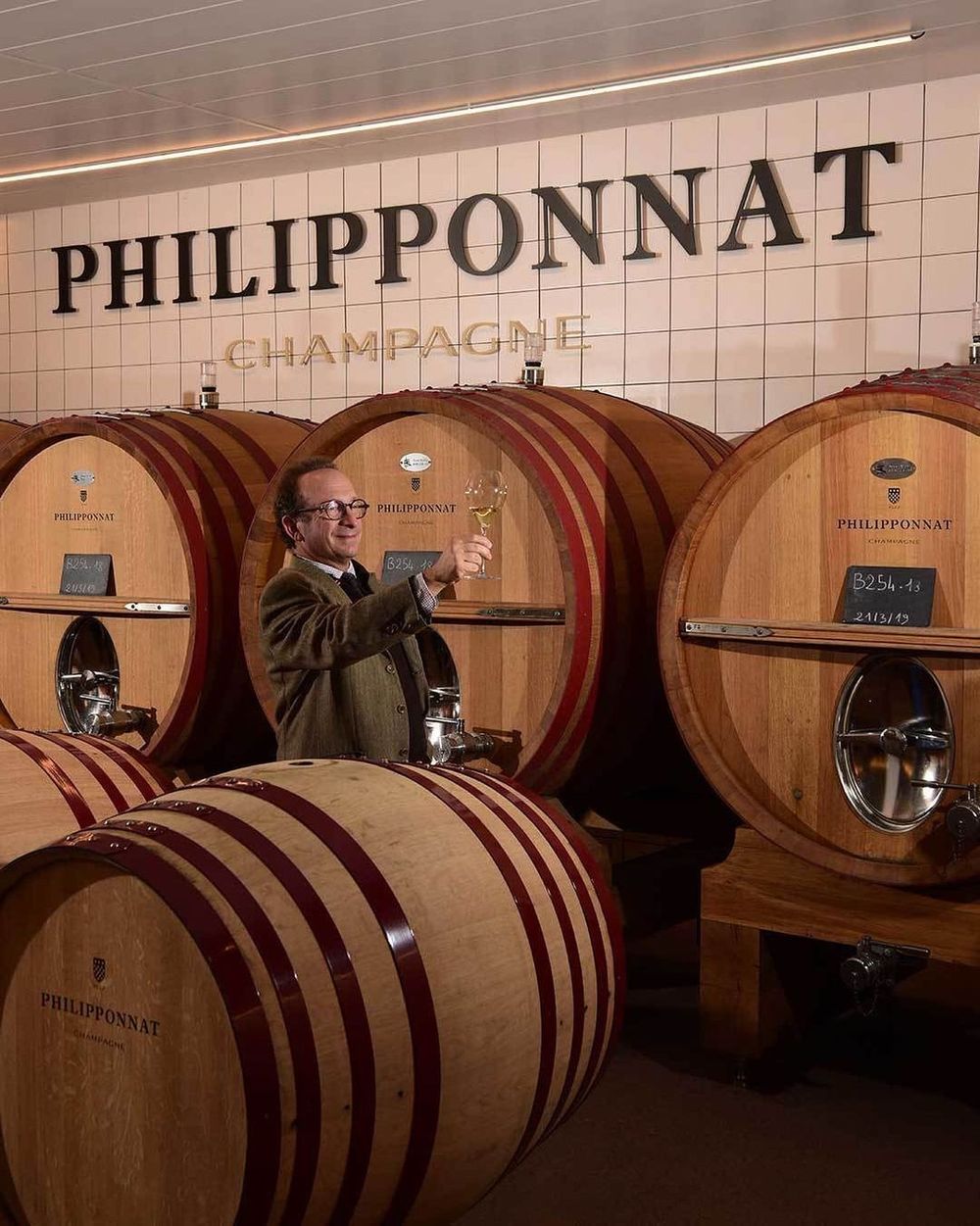
Charles Philipponnat: seeking greater complexity in his house style
The sweet spot
Robert Walters was right: no other wine region in the world would hold up multi-vineyard, multi-vintage blended wines as models of quality. Does that really mean that Champagne is doing it wrong, though?
Speaking to Alice Paillard and Charles Philipponnat brings home a fundamental truth about house styles: the most interesting are not artefacts of mass production, but the taste of someone, or somewhere. Small enough to stay grounded in a personal vision or an important terroir, but big enough to manage the ups and downs of growing grapes in such an unpredictable climate, the middle ground might be the next place to look for Champagne’s most striking style icons.
Tom Hewson is a freelance writer specialising in articles and reviews about sparkling wine. To access his Six Atmospheres website click here.
